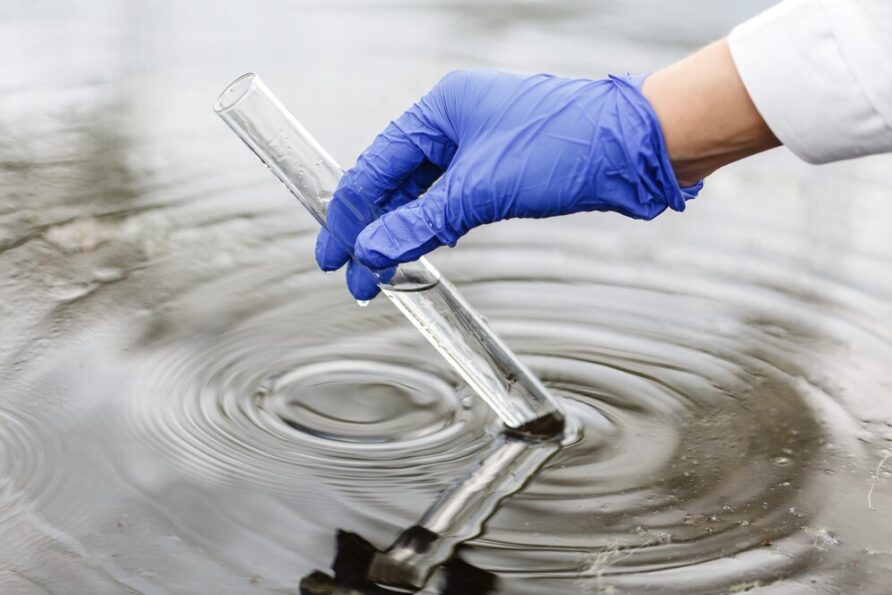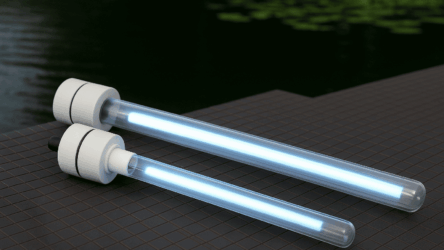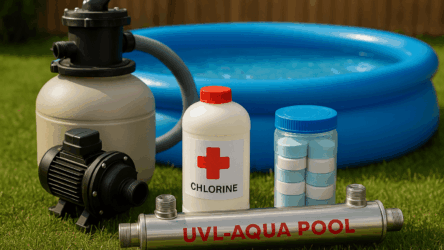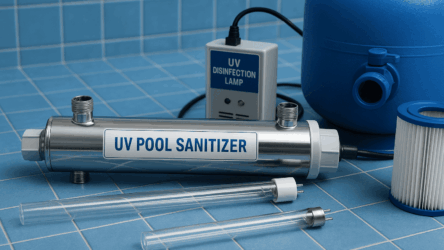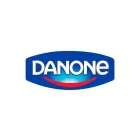Proper wastewater sanitation is essential to prevent health hazards and environmental pollution. Untreated wastewater contains harmful bacteria, viruses, and pollutants that can pose significant risks to human health and ecosystems. Governments and regulatory bodies worldwide enforce strict wastewater treatment standards to ensure safe discharge into the environment.
Why wastewater disinfection is necessary
- Protecting public health – Untreated wastewater carries pathogens that can cause infectious diseases in humans and animals.
- Preserving ecosystems – Contaminants such as heavy metals and chemical compounds can degrade water quality, harm aquatic life, and disrupt ecosystems.
- Legal compliance – Regulatory frameworks require businesses and municipalities to properly disinfect wastewater before disposal to prevent contamination.
Risks of inadequate wastewater treatment
Failure to properly treat wastewater can lead to:
- The spread of infectious diseases through contaminated water sources.
- Severe water pollution, making natural water bodies unsafe for human use.
- Damage to ecosystems, disrupting aquatic biodiversity and increasing environmental toxicity.
Ultraviolet (UV) treatment at 254 nm is a highly effective and environmentally friendly method of wastewater disinfection. UV light penetrates microorganisms, destroying their DNA and preventing reproduction.
Key benefits of UV wastewater treatment
- Highly effective – Eliminates a wide range of microorganisms, including bacteria, viruses, and protozoa.
- Chemical-free process – Unlike chlorine and other chemical treatments, UV disinfection does not introduce harmful residues into the water.
- Eco-friendly solution – Does not alter water composition or produce toxic by-products.
- Cost-efficient – Reduces operational costs compared to chemical treatments and does not require additional dechlorination processes.
Types of UV wastewater treatment systems
- Flow-through UV systems – Integrated into the wastewater treatment process, these systems disinfect water as it moves through the UV reactor, ensuring continuous sanitation.
- Submersible UV units – Designed for localized treatment, these units are placed directly in wastewater tanks to provide targeted disinfection.
Regulatory compliance and wastewater safety
Governments and environmental agencies mandate that wastewater must meet specific biological treatment standards before discharge. UV disinfection is a recognized method for achieving these safety requirements, helping industries and municipalities comply with strict sanitary and environmental regulations.
Ultraviolet wastewater disinfection is a crucial step in modern sanitation systems, offering a safe, effective, and eco-friendly alternative to chemical treatments. By using UV flow-through or submersible units, industries and municipalities can ensure compliance with health and environmental regulations while contributing to a cleaner and safer ecosystem.

